What I potentially make for my FYP is an installation featuring:
- A video or photo of a migrant workers telling their storiesInspiration: Singapore Dream by Sean Cham

Bashar came to Singapore in 2008, and has worked in many different companies, but mostly as an electrician and engineer. He was born in Bangladesh, and left for Singapore after a few months of studying in Medical School at a young age of 20. Bashar has four other siblings, one of whom is his twin brother. They have grown up together since young, doing everything together. When Bashar left for Singapore to work, his twin brother felt lonely and joined him in Singapore a year later. He left Medical School to support his family, as they were facing financial difficulties and his father was ill. His father passed away two years after he left for Singapore, due to blood cancer. He was given a choice to go back to Bangladesh to visit his father, but he chose not to. He had to work hard to pay hospital bills, amounting to S$10,000, and worked even on weekends to earn money for the family. When he isn’t working, he will spend his Sundays at East Coast Park or Kallang River with his twin brother, enjoying a quiet and peaceful stroll. His dream now is for his younger brother, age 19, to complete his degree in Medical School and be a doctor. Bashar, together with his twin, works to pay for his younger brother’s education, in the hope that he fulfills the dream he never had the chance to complete. Source: http://www.nvpc.org.sg/newsletters/-/asset_publisher/qxyfn1XUjh5T/content/singapore-dream-a-photography-series?inheritRedirect=false
2. A pair of migrant worker’s shoes for the visitors to walk in.
Inspiration:
In To Kill a Mockingbird, Atticus explains to Scout that “You never really understand a person until you consider things from his point of view…until you climb into his skin and walk around in it” (36).3. A booth for people to write their heartfelt gratitude towards migrant workers.
Inspiration:
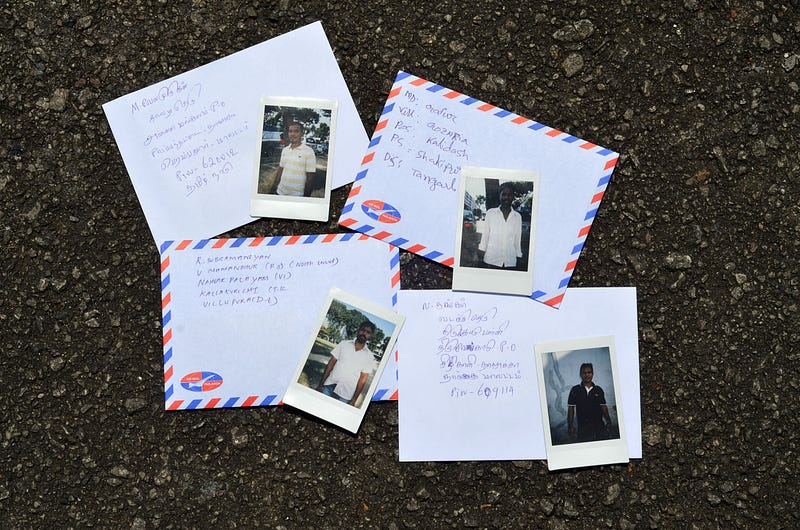
#migrantmail was a collaboration between Geylang Adventures and Waiting for Lorry. They went around collecting handwritten letters and taking polaroids of migrant workers with the objective of curbing homesickness by sponsoring the letter back to their hometown.
The collected letters might be collated in a book or uploaded to a website. It should be translated to Bengali, Tamil, Mandarin, etc. so the migrant workers can read them as well 🙂
 Published by The Young Entrepreneur Mastery, 2004
Published by The Young Entrepreneur Mastery, 2004
It contains heartfelt letters from youth.5. Make a visual journey of my finding processes. It would feature the photos that I take.. The email excerpts..
6. Visualizing the population of migrant workers in Singapore. The map can contain: places of work, residence, entertainment to show how close are they to us in daily life. I hope to encourage people to be more friendly to the migrant workers, everywhere they are.
Inspiration:
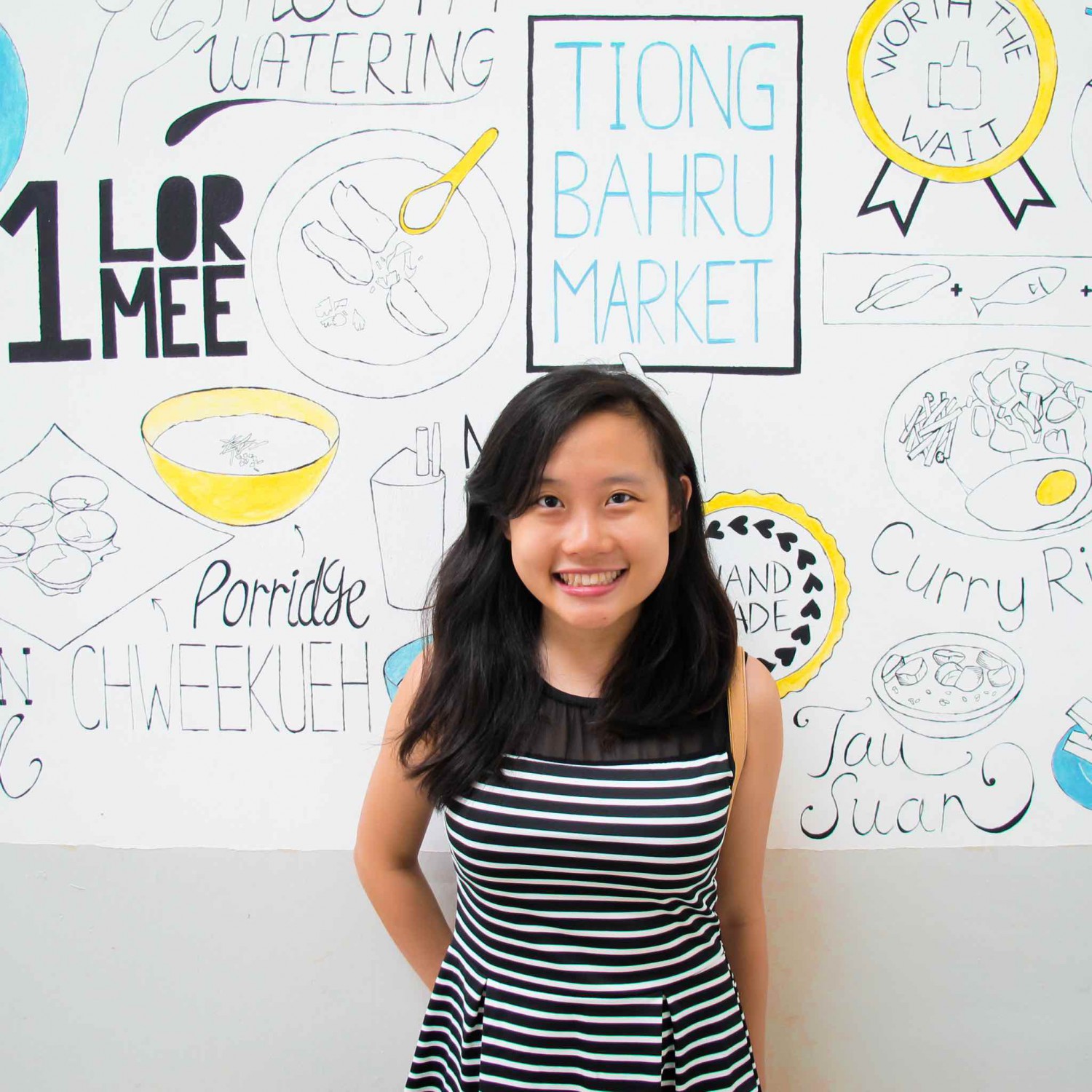


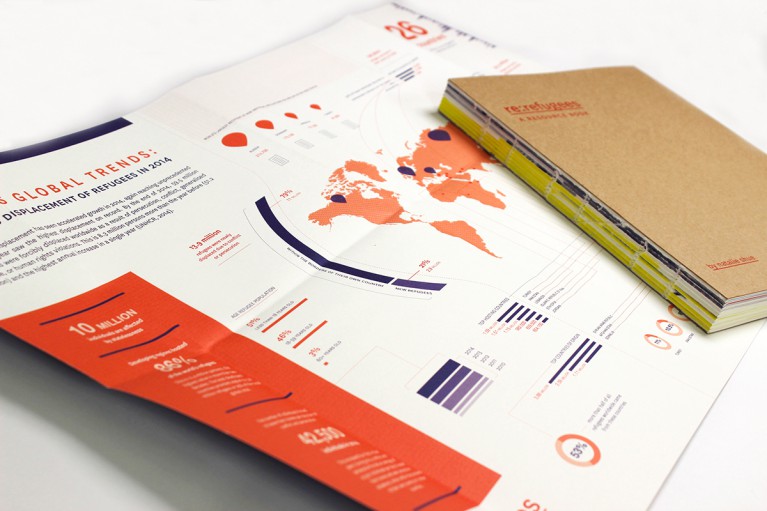
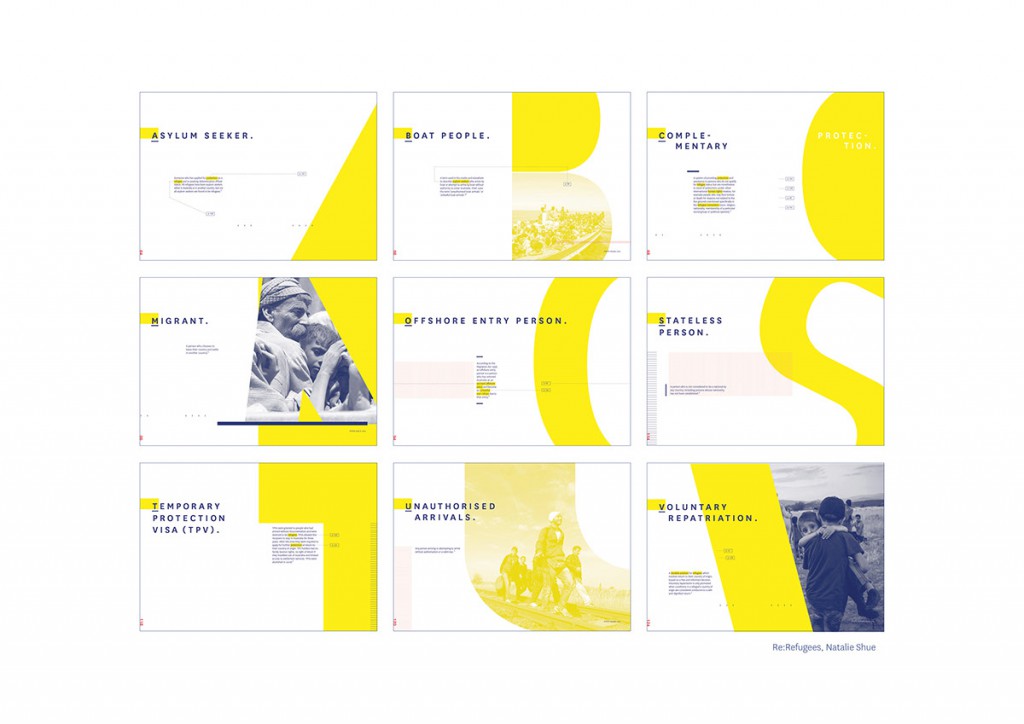
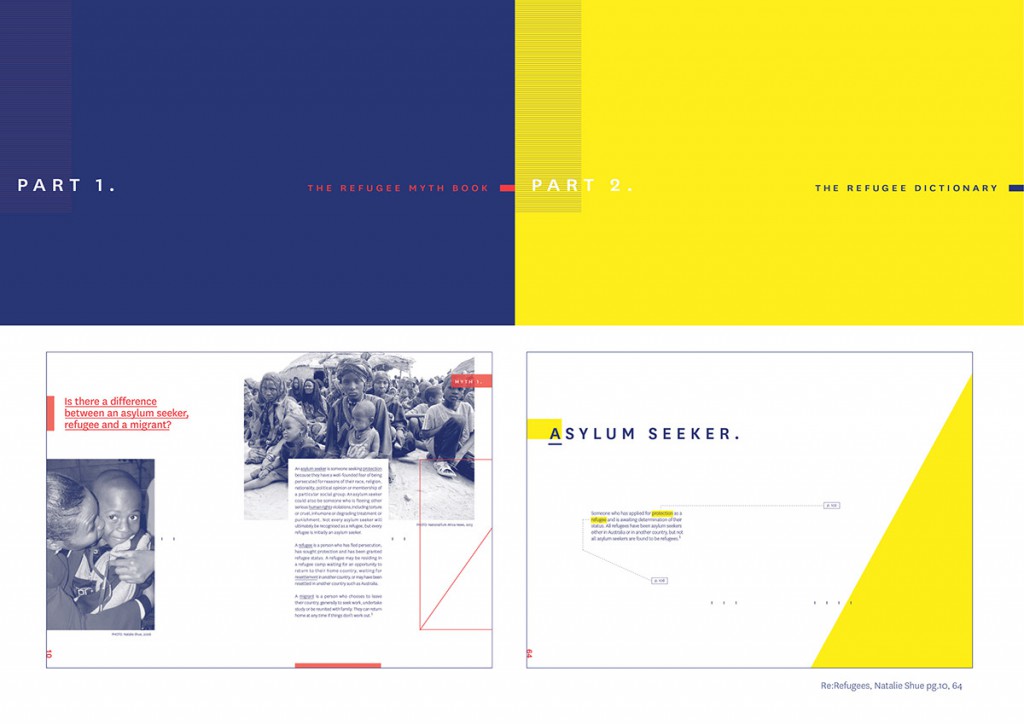 The circulation of myths and misinformation are significant barriers in understanding the issues concerning refugees and asylum seekers. It is a complex and delicate subject that can be difficult to approach, and much of this information is both restricted and misleading or misunderstood.
The circulation of myths and misinformation are significant barriers in understanding the issues concerning refugees and asylum seekers. It is a complex and delicate subject that can be difficult to approach, and much of this information is both restricted and misleading or misunderstood.